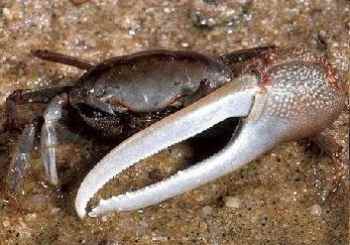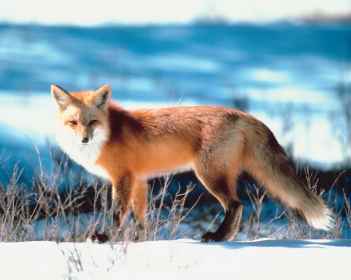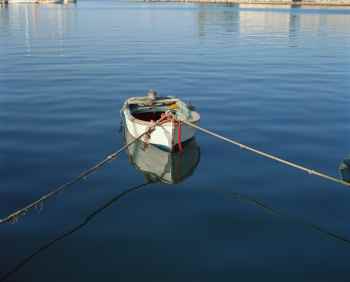The Panama Rainforest is a birdwatchers paradise with hundreds of species of birds. An ecosystem with a large biodiversity of both animal and plant life.
And it’s a question that’s been vexing scientists for decades. Why are there so many different living things in the rainforest?



